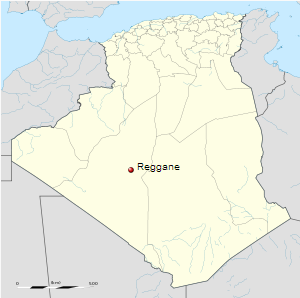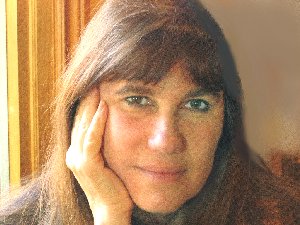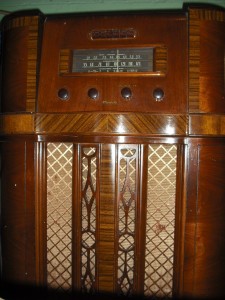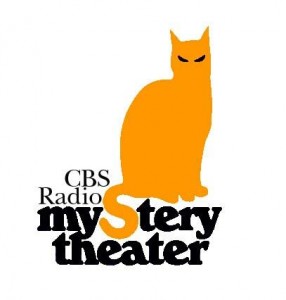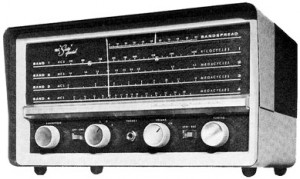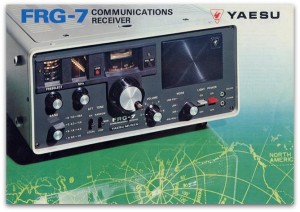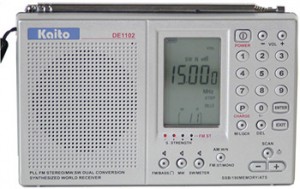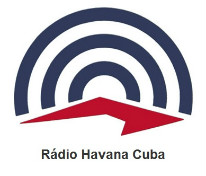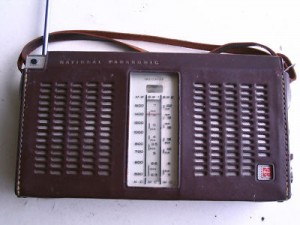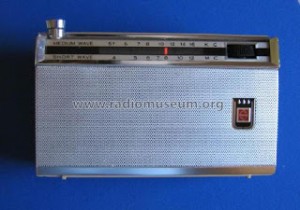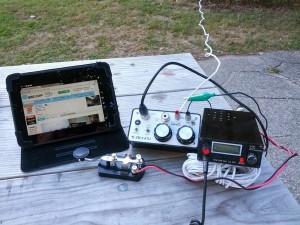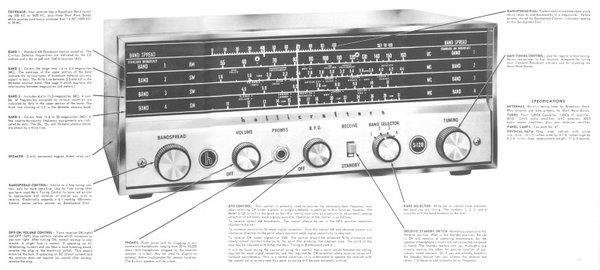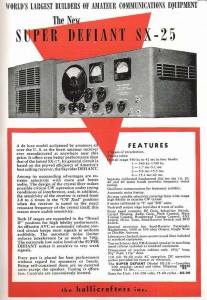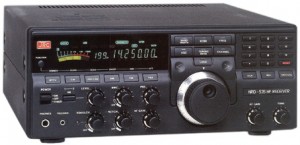Karen Shenfeld’s radio story is the latest in our series called Listener Posts, where I will place all of your personal radio histories and memories. If you would like to add your story to the mix, simply send your story by email!
In the meantime, many thanks to Karen for sharing this radio memory from her travels in the Sahara:
Karen Shenfeld
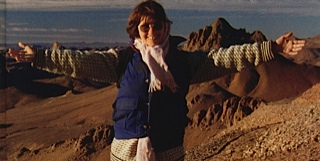
“I was in fact singing ‘The Hills are Alive With The Sound of Music’ at the time…. I am on top of a hill in the Hoggar Mountains outside of Tamanrasset, in the middle of the Sahara.”
I have been doing some research about short wave radio and I wanted to tell you that I have loved reading many of your blogs/posts, here and elsewhere. I was especially moved by an article that you wrote for DXer.ca about the shutting down of Radio Canada International.
And I wanted to share this with you: About 28 years ago or so, my husband I hitchhiked across the Sahara desert through Algeria. We stayed in many remote oasis villages, including Reggane. At Reggane, the paved road ends, and from there you must follow tracks in the sand for hundreds of miles in order to reach Timbuktu in Mali (or turn east toward In Salah to follow tracks in the sand south to Niger, which we did).
In Reggane we stayed for several days with an Algerian family. The husband was from further north in Algeria; his wife was a Tuareg. In this man’s home I remember staying up late at night with him, drinking mint tea under the stars in the courtyard of his adobe home, and listening to Radio Canada International.
Our host was a very intelligent man, who really appreciated staying current with the world’s events, and not relying upon censored Algerian papers — when they were even available in such a remote place.
Karen is a poet and traveler; she has crossed the Sahara Desert from north to south through Algeria, travelled the length of the Congo River in Africa by riverboat, and voyaged through India, from Kashmir to Kerala. You can read a selection of her poetry via the University of Toronto Library website: http://www.library.utoronto.
Karen is currently writing a poem about shortwave radio for a friend–the process has rekindled her interest in this magic medium.
Happy listening, Karen!
Click here to read our growing collection of Listener Posts, and consider submitting your own!

